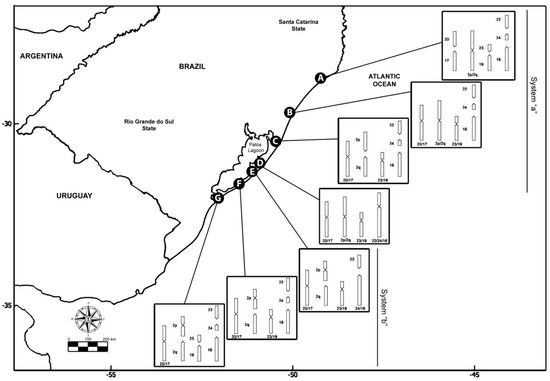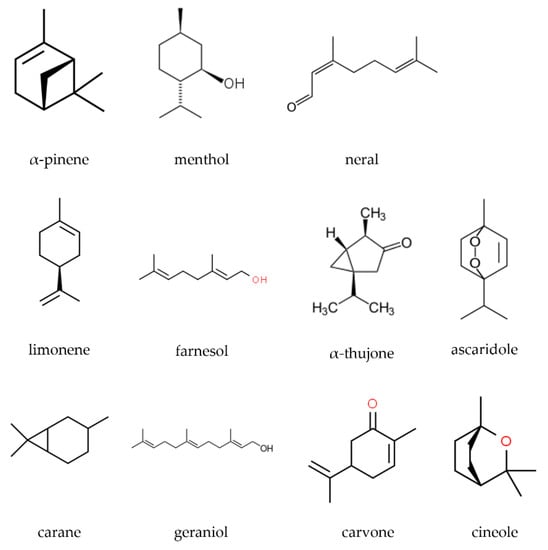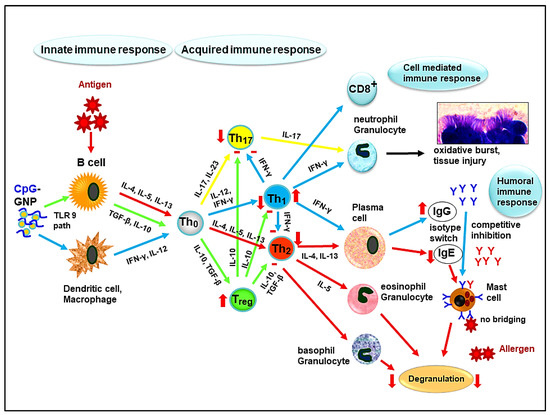This study was carried out to investigate the effects of trehalose (Tre) on antioxidant capacity, endoplasmic reticulum stress (ERS) response and apoptosis of heat-stressed intestinal porcine epithelial cells (IPEC-J2). IPEC-J2 cells were cultured at 37 °C until the end of the experiment (control, CON); exposed to heat stress for 2 h (43 °C, HS); or pretreated with 0.1, 1, 5, 10, and 15 mM trehalose at 37 °C for 4 h prior to heat stress exposure for 2 h. The optimum level of trehalose for protecting against HS-induced cell injuries was determined to be 10 mM, as evidenced by the highest cellular viability and lowest malondialdehyde (MDA) content and lactate dehydrogenase (LDH) activity. Based on these, IPEC-J2 cells were divided into three groups: the first group was cultured at 37 °C until the end of the experiment (control, CON); the second group was exposed to heat stress for 2 h (43 °C, HS); the third group was pretreated with 10 mM trehalose for 4 h at 37 °C prior to heat stress exposure for 2 h (Tre + HS). The reactive oxygen species (ROS) content, superoxide dismutase (SOD) activity, mitochondrial membrane potential (MMP) changes, and expressions of the manganese superoxide dismutase (SOD2), ERS and apoptosis-related proteins were determined. Compared to the CON group, HS significantly increased ROS generation (
p < 0.01), decreased SOD activity (
p < 0.05), and downregulated protein expression of SOD2 (
p < 0.01). Compared to the HS group, Tre supplementation reduced ROS levels and increased SOD activity and SOD2 expression to the levels that were comparable to the control (
p < 0.05). The HS-induced ERS response was evidenced by the increased protein expressions of glucose-regulated protein 78 (GRP78) (
p < 0.01), eukaryotic translation initiation factor 2α (p-eif2α) (
p < 0.01), transcription activator 4 (ATF4) (
p < 0.01), and the protein expression of C/EBP homologous protein (CHOP) (
p < 0.01), which were the four hallmarks of ERS. The Tre + HS group showed lower expressions of GRP78 (
p < 0.01), p-eif2α (
p < 0.01), ATF4 (
p < 0.01), and CHOP (
p < 0.01) than that of the HS group. Tre pretreatment attenuated HS-induced mitochondrial apoptosis in IPEC-J2 cells, demonstrated by the increased MMP and decreased proapoptotic proteins active caspase 3, Bax, and cytochrome c (Cyt c). Taken together, trehalose can protect against HS-induced oxidative damage and endoplasmic reticulum stress-mediated apoptosis in IPEC-J2 cells. These data may provide a nutritional strategy for alleviating heat stress in pig production.
Full article









